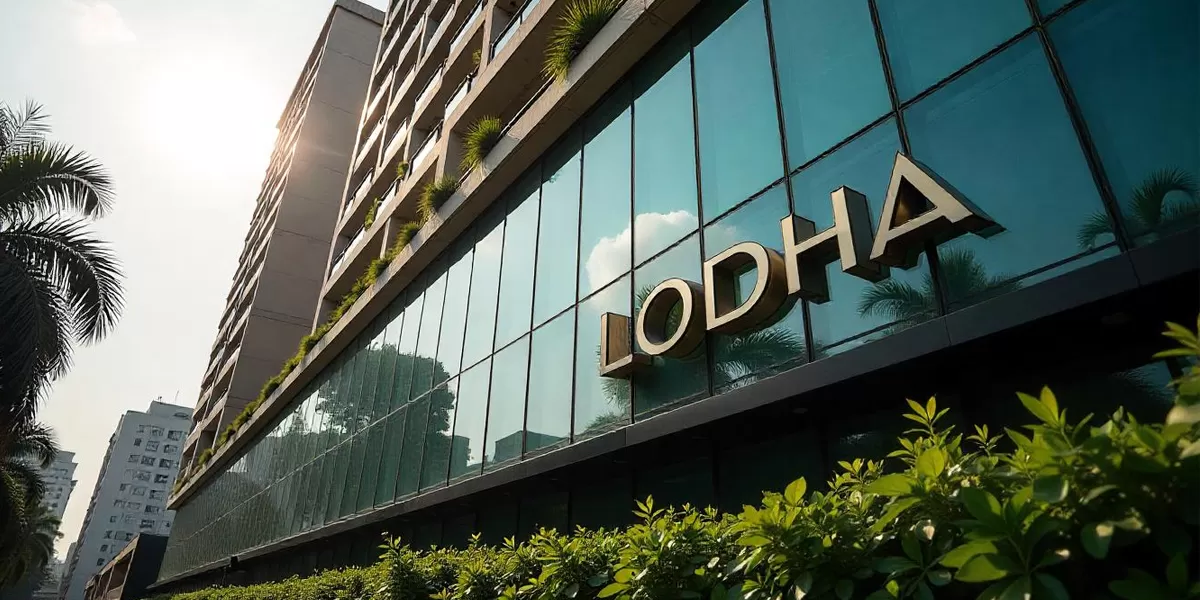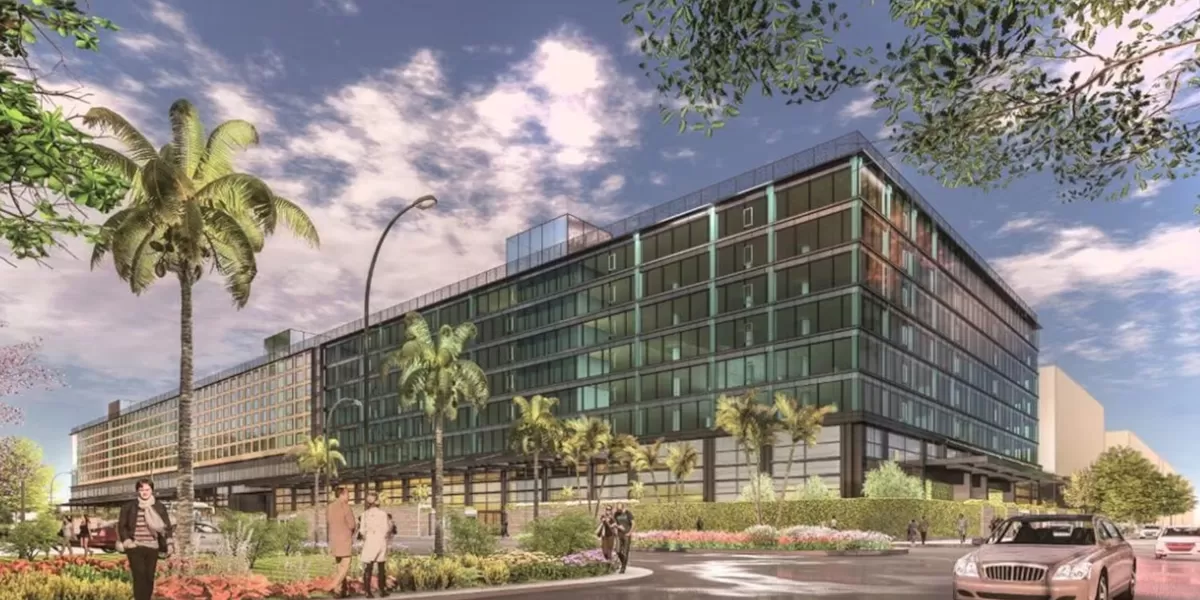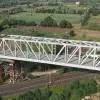
Lodha Buys Rs 5.67 Billion Transit Units in Mankhurd
Mumbai-based listed real estate developer Lodha Developers Limited has acquired 945 permanent transit camp (PTC) units measuring 339,000 square feet from Arihant Construction Company for Rs 5.67 billion. The transaction, registered on 3 June 2025, is part of Lodha’s obligations under the Slum Rehabilitation Authority (SRA) scheme related to its ongoing township project in Vikhroli.The acquired units in Mankhurd will be handed over to the SRA to secure development rights for free-sale construction under the Vikhroli project. The deal includes a stamp duty payment of Rs 340.2 million and regis..

Prestige Group Plans Rs 500 Billion Launches in FY25
Bengaluru-based listed real estate developer Prestige Group is targeting residential project launches worth over Rs 500 billion in gross development value (GDV) across major Indian markets including Bengaluru, Delhi-NCR, Mumbai, Hyderabad, Chennai, and Goa in the current financial year.According to Praveer Srivastava, Senior Vice President at Prestige Group, the company also aims to launch residential projects worth Rs 140–150 billion by the end of the first quarter of FY26.A major highlight this year is Prestige’s entry into the Delhi-NCR market, marked by the launch of a Rs 120 billion r..

Mumbai-Ahmedabad Bullet Train Adds 8th Steel Bridge in Gujarat
The Mumbai-Ahmedabad Bullet Train project has reached another major construction milestone in Gujarat with the successful launch of its eighth steel bridge. This marks nearly 50 per cent progress on the 17 steel structures planned for the state as part of the high-speed rail corridor.The latest installation is a 100-metre-long steel span positioned over the Dedicated Freight Corridor (DFC) tracks near Bharuch. It is one of 28 steel bridges planned along the entire corridor, of which 17 are located in Gujarat.Weighing approximately 1,400 metric tons, the bridge stands 14.6 metres tall and spans..















